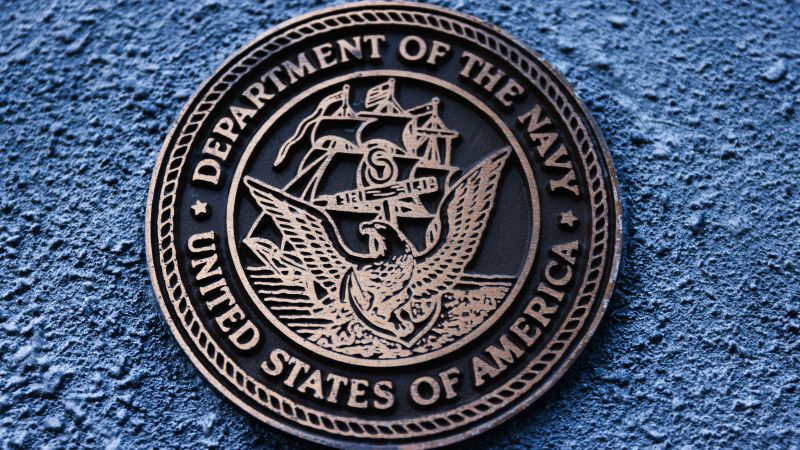On a calm Sunday over the strategic waters of the South China Sea, two separate incidents involving a U.S. Navy MH-60R Seahawk helicopter and an F/A-18F Super Hornet fighter jet occurred during routine operations, as confirmed by the U.S. Pacific Fleet. Fortunately, all crew members were safely rescued, marking a successful response by search-and-rescue teams from the Navy. The Navy swiftly launched an investigation into the cause of both incidents to ascertain the factors behind the crashes.
The MH-60R Seahawk helicopter, operated by the 'Battle Cats' of Helicopter Maritime Strike Squadron cHSMc 73, went down at approximately 2:45 p.m. local time while conducting routine operations from the aircraft carrier USS Nimitz. Subsequently, at 3:15 p.m., the F/A-18F Super Hornet fighter jet assigned to the 'Fighting Redcocks' of Strike Fighter Squadron cVFAc 22 also crashed during routine operations from the same aircraft carrier. The successful ejection and recovery of all crew members underscored the Navy's competence in handling emergency situations.
The crashes occurred in a region where territorial disputes have long simmered, with the South China Sea being claimed by multiple governments. China's excessive claims over the sea, in contradiction to international rulings, have led to escalated tensions with the United States, whose Navy operations serve to safeguard freedom of navigation in the vital waterway. The incidents highlight the complex geopolitical environment in the Indo-Pacific region.
These mishaps come at a time when the U.S. Navy is intensifying its efforts to counter China's maritime expansion. China's military advancements, including the construction of installations across the sea, pose a direct challenge to U.S. strategic interests in the region. Washington's naval operations are a key component of its strategy to maintain a presence in the South China Sea and uphold stability in the region against China's assertive actions.
The aircraft crashes coincided with President Donald Trump's diplomatic visit to Asia, where he was slated to engage in discussions focused predominantly on trade issues with Chinese leader Xi Jinping. The encounters between the two nations had been tense in recent times, marked by mutual imposition of trade measures, but signs of easing tensions emerged with reports of a framework trade agreement between the U.S. and China, underscoring the importance of strategic dialogue amidst geopolitical challenges.
The USS Nimitz, an iconic symbol of U.S. naval power and one of the largest warships globally, is in the spotlight as it nears its retirement next year after decades of service. The carrier's involvement in these incidents adds to its storied history, as it continues to fulfill its operational duties in the Indo-Pacific region. The Navy's commitment to investigating the crashes and ensuring the safety of its personnel reflects its dedication to upholding the highest standards of operational excellence.
As the investigation into the aircraft crashes unfolds, the U.S. Navy remains vigilant in its operations in the South China Sea, a region vital to global maritime trade. The Nimitz's ongoing deployment exemplifies the Navy's enduring presence in the Indo-Pacific, where stability and freedom of navigation are paramount. The incidents serve as a reminder of the inherent risks associated with military operations at sea, underscoring the importance of rigorous training, maintenance, and safety protocols to mitigate such occurrences.
In conclusion, the safe recovery of all crew members involved in the South China Sea aircraft crashes underscores the U.S. Navy's professionalism and preparedness in responding to challenging situations. These incidents highlight the complexities of operating in a contested maritime environment and underscore the strategic significance of the Indo-Pacific region in the broader geopolitical landscape. The Navy's unwavering commitment to safety, operational excellence, and maintaining regional stability remains steadfast despite the challenges posed by geopolitical tensions in the region.

